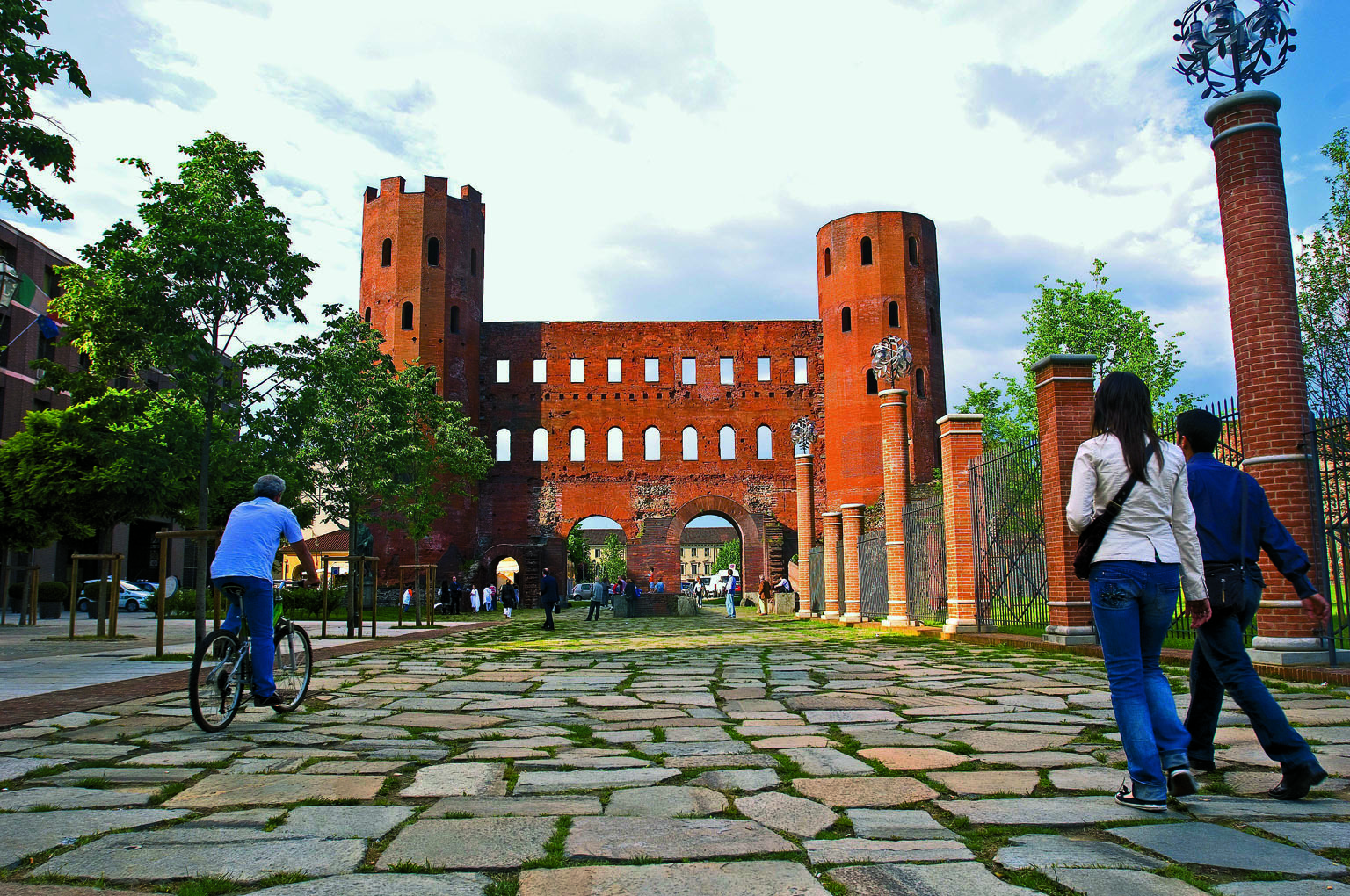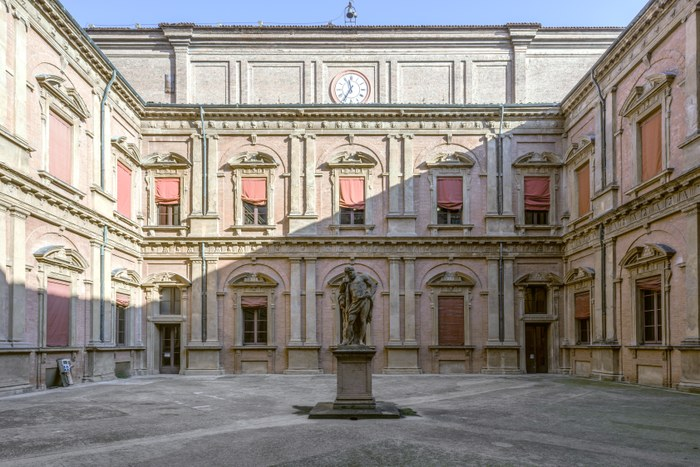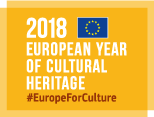COMMUNITIES
Circular, sustainable and creative cities

Focusing on groups solutions supporting urban regeneration. A strong focus is given to the adaptive reuses of built heritage. It includes novel governance and business models aimed at including cultural heritage into a circular economy model, substituting linear economic models. It also includes technologies and solutions for better liveability of historic buildings and districts, in particular through the improvement of their energy efficiency. Other kind of innovations are supporting creative urban regeneration, integrating cultural heritage into environmental, architectural and planning policies, also through digital tools and maps that take into account citizens’ behaviours, perceptions, preferences and emotions.
Heritage at risk

Focusing on groups solutions to preserve, manage and increase resilience of vulnerable artefacts, sites, cities and landscapes. They are innovative decisions and assessment systems, ICT tools and guidelines, mitigation strategies and disaster risk management models, quick damage assessment techniques and technologies. The definition of risk takes into account a broad variety of threats to cultural heritage, from climate change to hazards events, including extreme weather-related events. A particular attention is given to cultural landscapes and to the threats posed by the loss of biodiversity and to changing socio-economic conditions, such as migrations, depopulation etc., especially in rural areas.
Shared management of cultural heritage

Focusing on groups a broad variety of solutions. They include the digital solutions for mapping, experiencing and co-creating cultural heritage. Some of them have the goal to broaden the audience and make cultural heritage accessible to all by removing social, cultural and physical barriers. Some others aim to reconstruct and represent cultural heritage Solutions presented in this cluster engage local communities and help people to rediscover shared and contested heritage. They also valorise common values and reinforce a sense of belonging.
Advanced future technologies for heritage and arts

Focusing on cutting-edge technologies to better study, protect, conserve and transmit heritage artefacts. The wide spectrum of innovations provide an in-depth insight of what cutting-edge technology can do for historical buildings and their building materials, archaeological artefacts, modern art and collections. The use of nanomaterials, sensors, digital technologies and new powerful software gives the taste of how future conservation practices will be shaped by today's innovative solutions.
REACH Project

REACH (https://www.reach-culture.eu), RE-designing Access to Cultural Heritage for a wider participation in preservation, (re-)use and management of European culture, is a three-year project started the 1st November 2017 and funded by the European Union under the Horizon 2020 Programme. Focused on the promotion of participatory approaches in Cultural Heritage (CH), it aims to establish a sustainable space for meeting, discussion and collaboration for all those with a stake in research and practice in the field of CH. This space is supported online by the Open-Heritage (https://www.open-heritage.eu/) digital platform which offers a set of multidisciplinary and multimedia conduits for the exchange of expertise and experience between people and Institutions. The portal is open to the contribution of the whole community of Heritage Research and it is intended to continue to function after the end of the project.
HERACLES Project


